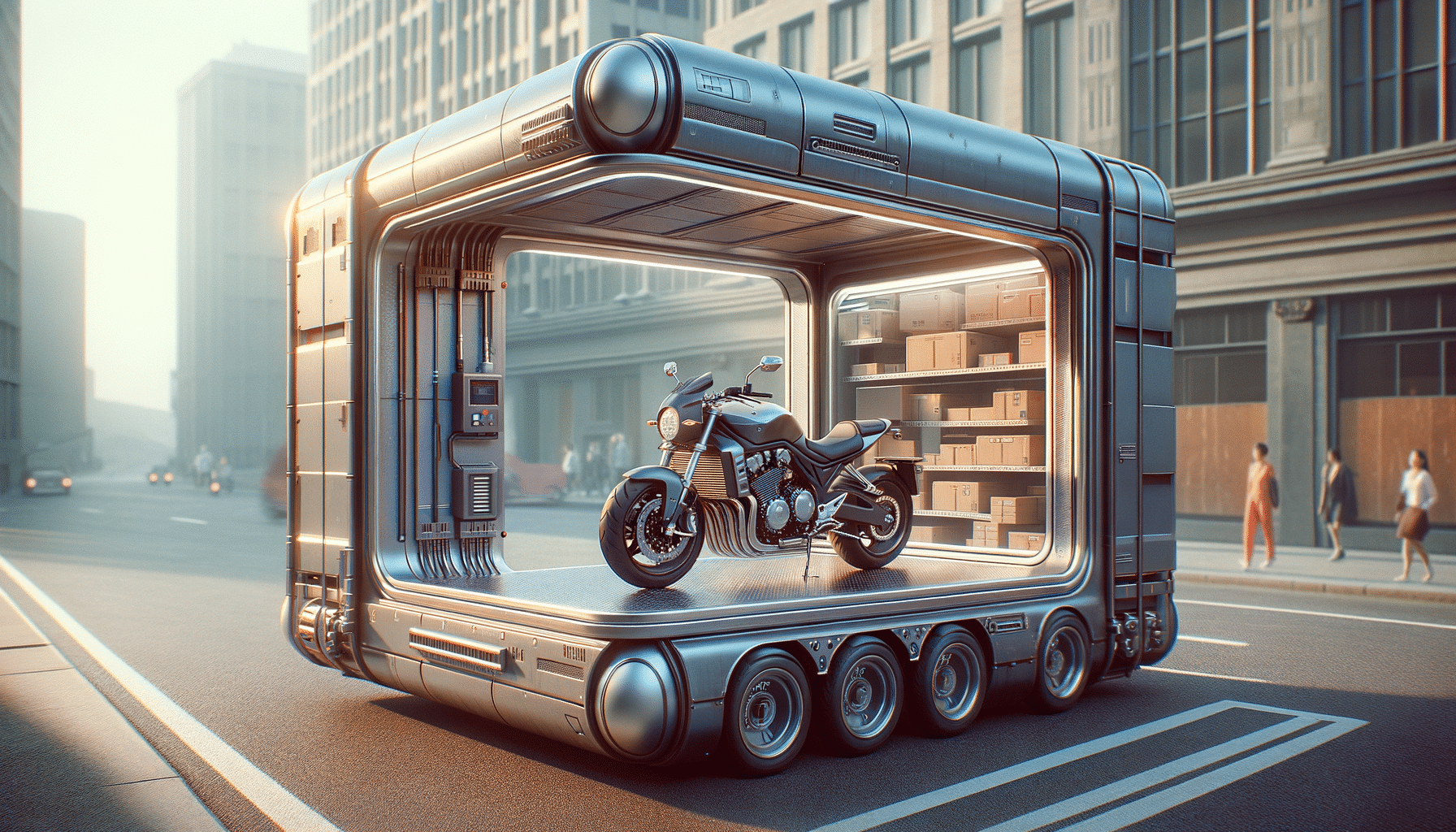
Unearthing Options: A Comprehensive Guide to Vessel Purchase
Understanding the Different Types of Boats
When considering boat ownership, it is crucial to recognize the variety of vessels available, each designed for specific activities and environments. From sleek sailboats that harness the wind to powerful motorboats that promise speed and agility, the options are diverse and cater to different preferences.
Sailboats are a popular choice for those who relish the art of sailing and the tranquility of wind-powered travel. They come in various sizes, from small dinghies to large yachts, each offering unique experiences. Motorboats, on the other hand, provide speed and convenience, ideal for water sports or quick trips. They range from simple fishing boats to luxurious cruisers with all the amenities.
Additionally, pontoon boats offer a stable platform for leisurely cruises and social gatherings, while personal watercraft, often known as jet skis, are perfect for thrill-seekers looking for an adrenaline rush. Each type of boat serves a specific purpose, and understanding these differences is the first step in making an informed decision about boat ownership.
Financial Considerations and Budgeting
Owning a boat is a significant financial commitment that extends beyond the initial purchase price. Prospective owners must consider various costs, including maintenance, insurance, storage, and fuel, which can add up quickly.
The initial cost of a boat can vary widely based on the type, size, and condition of the vessel. New boats come with the latest features and warranties but at a higher price, while used boats may offer savings but require more maintenance. It’s essential to set a realistic budget that includes these potential expenses.
Maintenance is a recurring cost that ensures the boat remains in good condition. Regular upkeep, such as engine servicing and hull cleaning, is necessary to prevent costly repairs down the line. Insurance is another critical factor, protecting the investment from unforeseen events.
Furthermore, storage can be a significant expense, especially for larger boats. Options include marina slips, dry storage, or even trailer storage at home. Each has its costs and benefits, and it’s crucial to factor these into the overall budget.
Legal and Safety Requirements
Before setting sail, boat owners must comply with various legal and safety regulations to ensure a safe and lawful boating experience. These requirements vary by region and type of vessel, making it essential to research and understand the specific obligations.
Registration is typically mandatory for most boats, similar to motor vehicles. This process involves obtaining a registration number and displaying it on the vessel. Additionally, some regions require a boating license or safety certificate, ensuring that operators are knowledgeable about navigation rules and safety procedures.
Safety equipment is another critical aspect, with regulations mandating specific items such as life jackets, fire extinguishers, flares, and first-aid kits. Regular inspections and maintenance of this equipment are necessary to ensure readiness in emergencies.
Compliance with environmental regulations is also essential, as improper waste disposal or fuel spills can lead to hefty fines. Understanding and adhering to these legal and safety requirements not only protect the owner and passengers but also contribute to the preservation of marine environments.
Choosing the Right Boat for Your Lifestyle
Selecting the ideal boat involves considering how it aligns with your lifestyle and intended use. Whether you dream of leisurely weekend cruises, adventurous fishing trips, or competitive racing, there’s a boat to match every aspiration.
For those who enjoy socializing and hosting gatherings on the water, pontoon boats or larger cruisers with ample deck space and amenities may be ideal. These vessels offer comfort and versatility, making them perfect for entertaining family and friends.
Fishing enthusiasts might prefer specialized fishing boats equipped with features like rod holders, live wells, and fish finders. These boats are designed to enhance the fishing experience, providing stability and functionality in various waters.
Meanwhile, thrill-seekers might gravitate towards speedboats or personal watercraft that deliver exhilarating speed and agility. These vessels are designed for adventure, offering a thrilling ride across the waves.
Ultimately, the right boat should complement your lifestyle and provide the experiences you seek on the water.
Maintenance and Upkeep: Keeping Your Boat Shipshape
Maintaining a boat is a crucial aspect of ownership, ensuring safety, reliability, and longevity. Regular maintenance not only preserves the vessel’s value but also enhances the overall boating experience.
Routine tasks include cleaning the hull and deck, checking and changing engine oil, and inspecting the propeller and hull for damage. These tasks prevent the buildup of marine growth and debris, which can affect performance and fuel efficiency.
Seasonal maintenance is also necessary, particularly in regions with harsh weather conditions. Winterizing the boat, for instance, involves draining water systems, protecting the engine, and covering the vessel to prevent damage during the off-season.
Additionally, regular inspections of safety equipment, such as life jackets and fire extinguishers, ensure they remain in good condition and ready for use. Keeping detailed maintenance records can help track service intervals and identify potential issues early.
By committing to regular upkeep, boat owners can enjoy peace of mind and maximize their time on the water.

